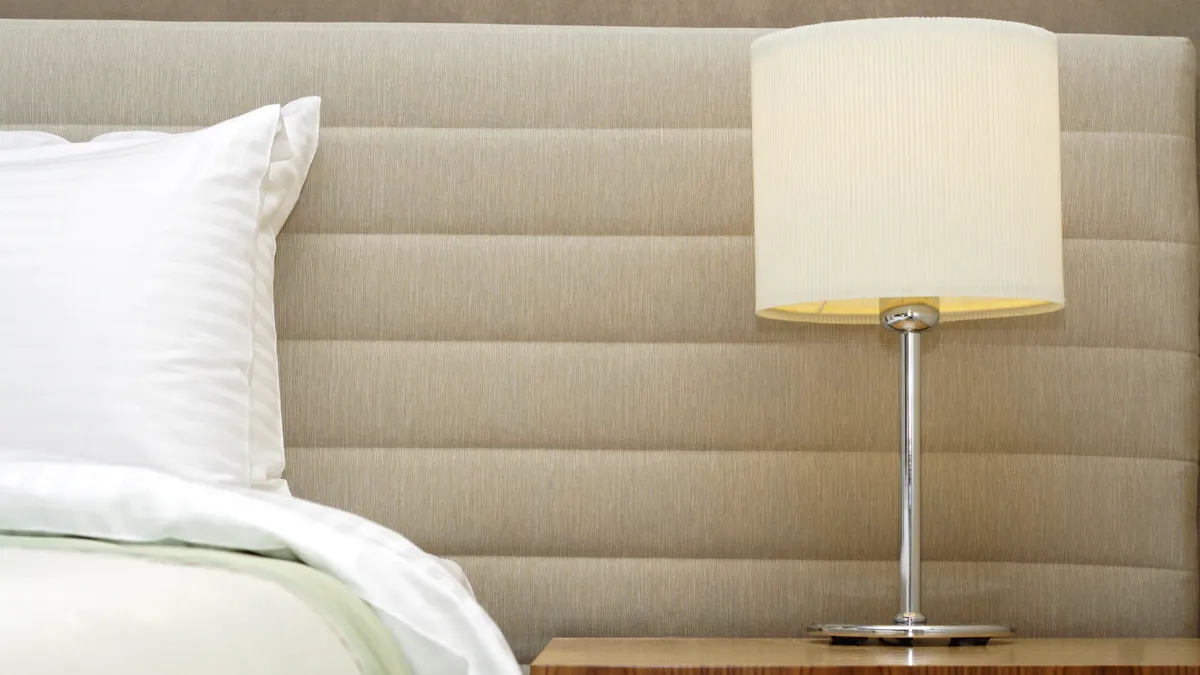The following is a guest post from Philip Tierno, Jr., a professor of microbiology and pathology at New York University Grossman School of Medicine and NYU Langone Medical Center. Opinions are the author’s own.
Who stayed in your hotel last night? Were they already sick, or had they been exposed to possible illness? Did the room attendant thoroughly clean the rooms?
Hotel managers never know if a hotel room has been exposed to airborne or surface germs, but there are precautions that hoteliers take that can help hotel guests leave their stays unscathed by germs.
Health- and wellness-minded guests
Hotel guests increasingly care about health and wellness. For instance, before booking a hotel, I always check the reviews for comments about cleanliness and housekeeping. And the very first thing I do upon entering a hotel is wash my hands. Why? Because a journey to the hotel is a likely time to contaminate them. I might have encountered germs when pressing an elevator button, using handrails or opening a door.
Within the room itself, there are plenty of places for germs to hide. I like to examine the mattress for bedbugs and check for their tiny white eggs or shed skin, which can be transparent or yellowish.
Elsewhere in the room, heavy drapes are collectors of dust and debris. The bathroom can be a considerable germ hot spot, even if the toilet seat looks spotless. And wall-to-wall carpet effectively transforms the entire floor into one extensive fomite.
Interestingly, one aspect of the hotel room gets hardly any attention paid to it at all: indoor air quality. Gasses like carbon monoxide; volatile organic compounds; particulates; microbes such as bacteria, viruses and mold fungi; allergens and other particles all affect indoor air quality.
According to the Environmental Protection Agency, indoor air is 25 to 100 times dirtier than outdoor air, and most people spend 90% of their time indoors. There is no question that poor air quality can adversely affect our health, and some guests will have underlying respiratory diseases such as asthma, COPD or allergies.
Fortunately, there are things hotel managers can do to decrease the likelihood of unhealthy germs spreading in guest rooms.
Practical measures
Nowadays, many hotels have eliminated heavy bedspreads and drapes and opt for lighter ones that are easy to clean. Alternatively, they can use a comforter or duvet on the bed.
Area rugs are more healthy than wall-to-wall carpeting, too. While wall-to-wall carpet can expose guests’ bare feet to fungi and other microbes, area rugs are easier to clean and are more sanitary. Though, in general, the healthiest floor surface for any room is a bare, hard one.
To mollify or reduce the impact of poor air quality on health, hoteliers can turn to advances in hotel HVAC technology. They may work best if combined, and three such systems stand out.
First, there is HEPA filtration, which captures more than 99% of particles in its filter matrix. Secondly, hotels can add on the use of UV-C light to increase the filtration’s efficiency.
Both of those systems, however, require airflow to pass over those devices to be filtered. In that regard, they’re passive. The third option, bipolar ionization, is different, because it seeks out particulates and contaminants, and doesn’t wait for pollutants to find their way into the device. Instead, charged ions travel to the contaminants in the air as well as on surfaces, and do so in a continuous fashion. I call the combination of these three technologies the HVAC troika.
Many hotels and other buildings utilize one or more of the aforementioned technologies. Some, however, use none.
Ultimately, no hotel can avoid all risk of germs — it’s a part of life. But hoteliers empowered with awareness and knowledge can minimize many risks.










